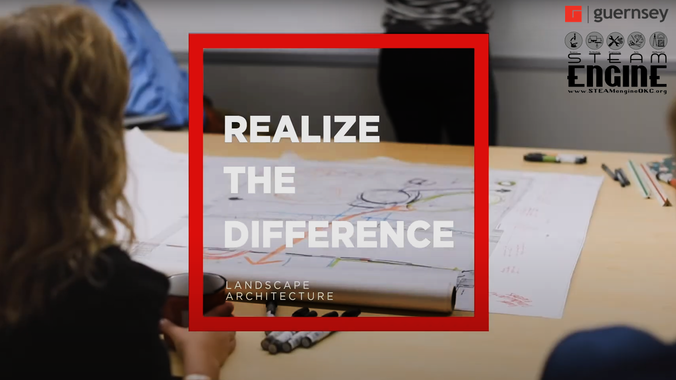|
Digital Career Fair
Landscape ArchitectLandscape architects plan and design the outdoor built environment in traditional places such as parks, neighborhoods, campuses, gardens, cemeteries, shopping centers, and resorts. They also design and plan the restoration of natural places such as wetlands, stream corridors, mined areas and forested land. Working as part of a design team, landscape architects protect the environment by designing projects that respect both the needs of people and of our environment.
(Source) |
|
Job Details
Education Requirements and preparation
Education
Landscape architects must hold a Bachelor or Master's level degree. Undergraduate options include: a Bachelor of Landscape Architecture (BLA) or a Bachelor of Science in Landscape Architecture (BSLA) -- usually requiring 4 or 5 years of study. Graduate-level programs include: a 3-year Master of Landscape Architecture (MLA) for people who have an undergraduate degree in something other than landscape architecture, a 2-year Master of Landscape Architecture (MLA) for people who have an undergraduate degree in landscape architecture, or a MA/MS in Landscape Architecture for people who want to conduct research in landscape architecture, but do not plan to become registered professional practitioners.
Licensure
All states require landscape architects to be licensed.
Experience
To become licensed, candidates must meet experience requirements determined by each state.
Examination
Candidates for licensure must pass the Landscape Architect Registration Examination (LARE), which is sponsored by the Council of Landscape Architectural Registration Boards. Candidates who are interested in taking the exam usually need a degree from an accredited school and experience working under the supervision of a licensed landscape architect, although standards vary by state.
(Source)
Landscape architects must hold a Bachelor or Master's level degree. Undergraduate options include: a Bachelor of Landscape Architecture (BLA) or a Bachelor of Science in Landscape Architecture (BSLA) -- usually requiring 4 or 5 years of study. Graduate-level programs include: a 3-year Master of Landscape Architecture (MLA) for people who have an undergraduate degree in something other than landscape architecture, a 2-year Master of Landscape Architecture (MLA) for people who have an undergraduate degree in landscape architecture, or a MA/MS in Landscape Architecture for people who want to conduct research in landscape architecture, but do not plan to become registered professional practitioners.
Licensure
All states require landscape architects to be licensed.
Experience
To become licensed, candidates must meet experience requirements determined by each state.
Examination
Candidates for licensure must pass the Landscape Architect Registration Examination (LARE), which is sponsored by the Council of Landscape Architectural Registration Boards. Candidates who are interested in taking the exam usually need a degree from an accredited school and experience working under the supervision of a licensed landscape architect, although standards vary by state.
(Source)
Salary Range and Job Prospects
According to the Bureau for Labor Statistics, the median annual wage for landscape architects was $69,360 in May 2019. Employment of landscape architects is projected to grow 4 percent from 2018 to 2028, about as fast as the average for all occupations. (Source)
Key skills and competencies
- Sensitivity to landscape quality
- Understanding of the arts and a humanistic approach to design
- Ability to analyze problems in terms of design and physical form
- Technical competence to translate a design into a built work
- Skills in all aspects of professional practice including management and professional ethics
- Strong design sensitivity and ability to contribute collaboratively to the design quality of projects.
- Positive attitude, desire and ability to learn and grow, self-motivation, and ability to work unsupervised and contribute in a group environment.
- Strong organizational skills, ability to effectively and successfully compete multiple projects simultaneously while maintaining attention to detail.
Related Activities
|
Other Videos in this Collection
Page Last Updated: 8/21/2020












